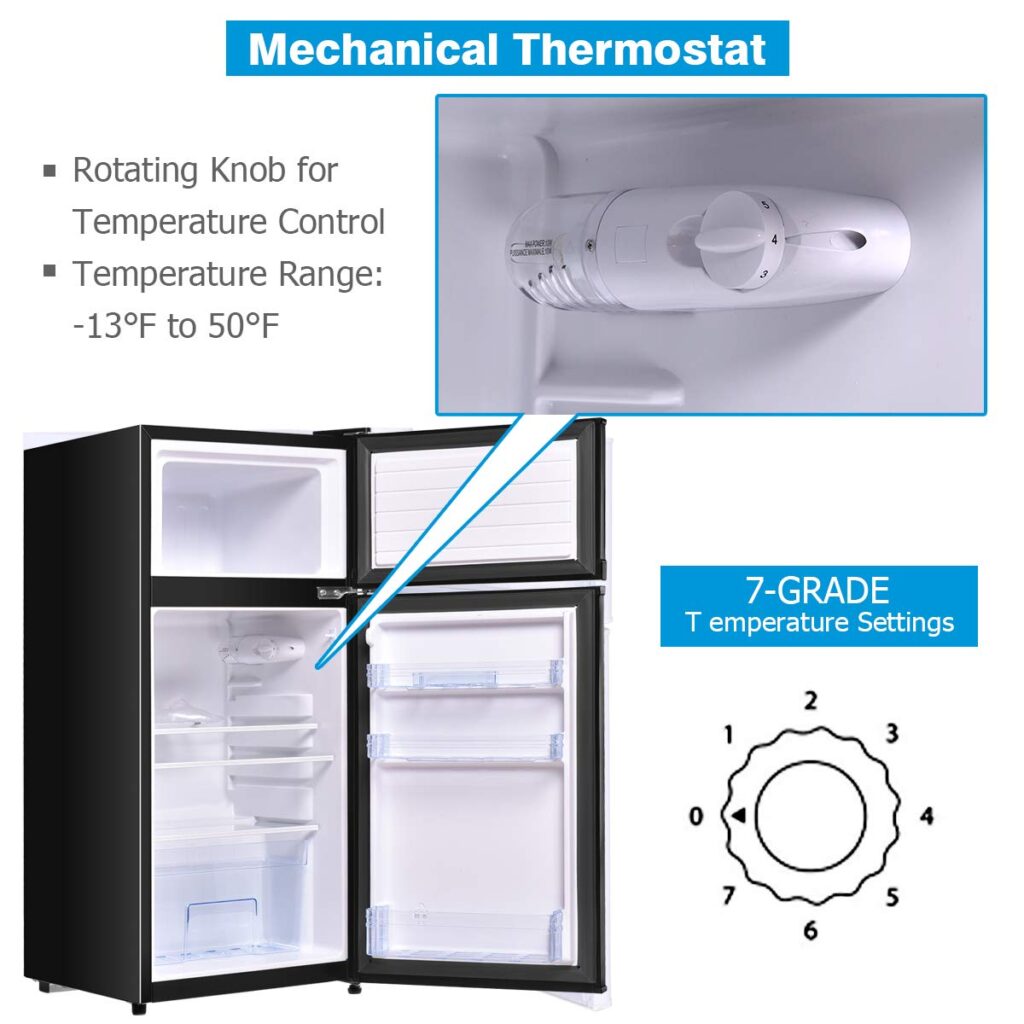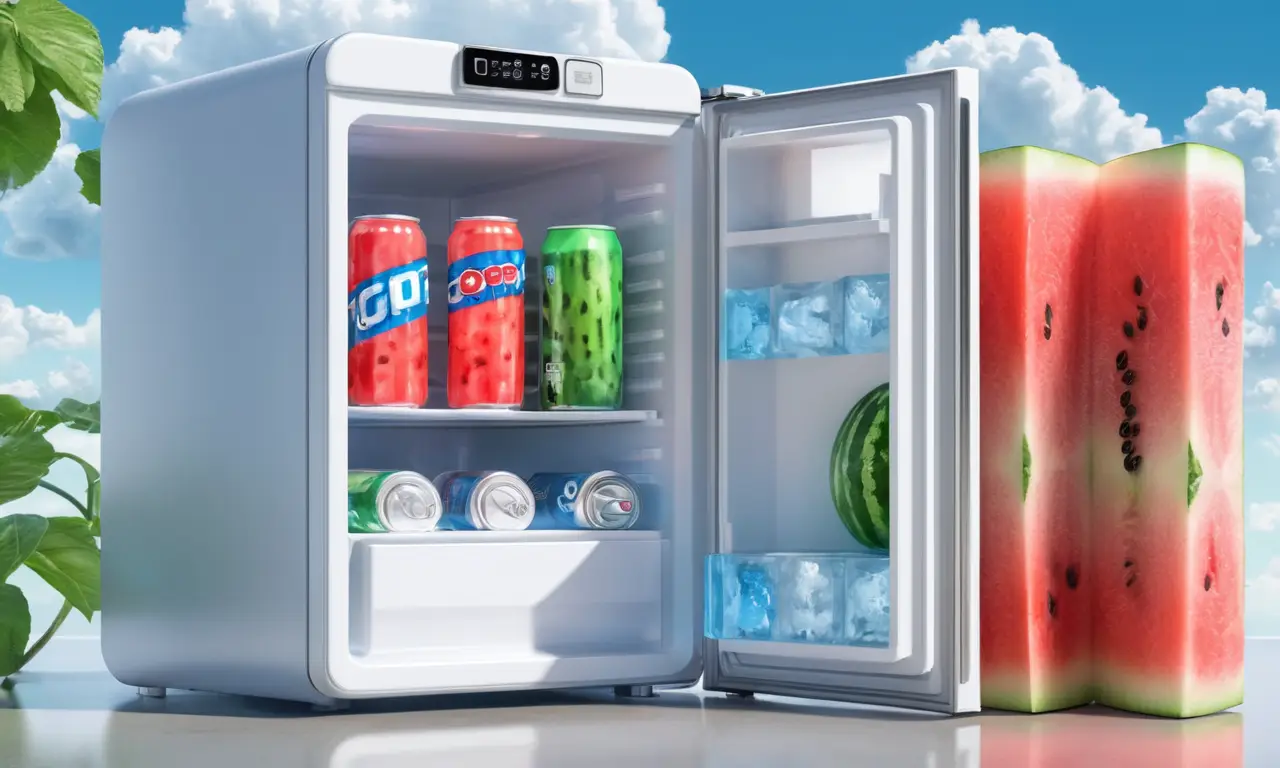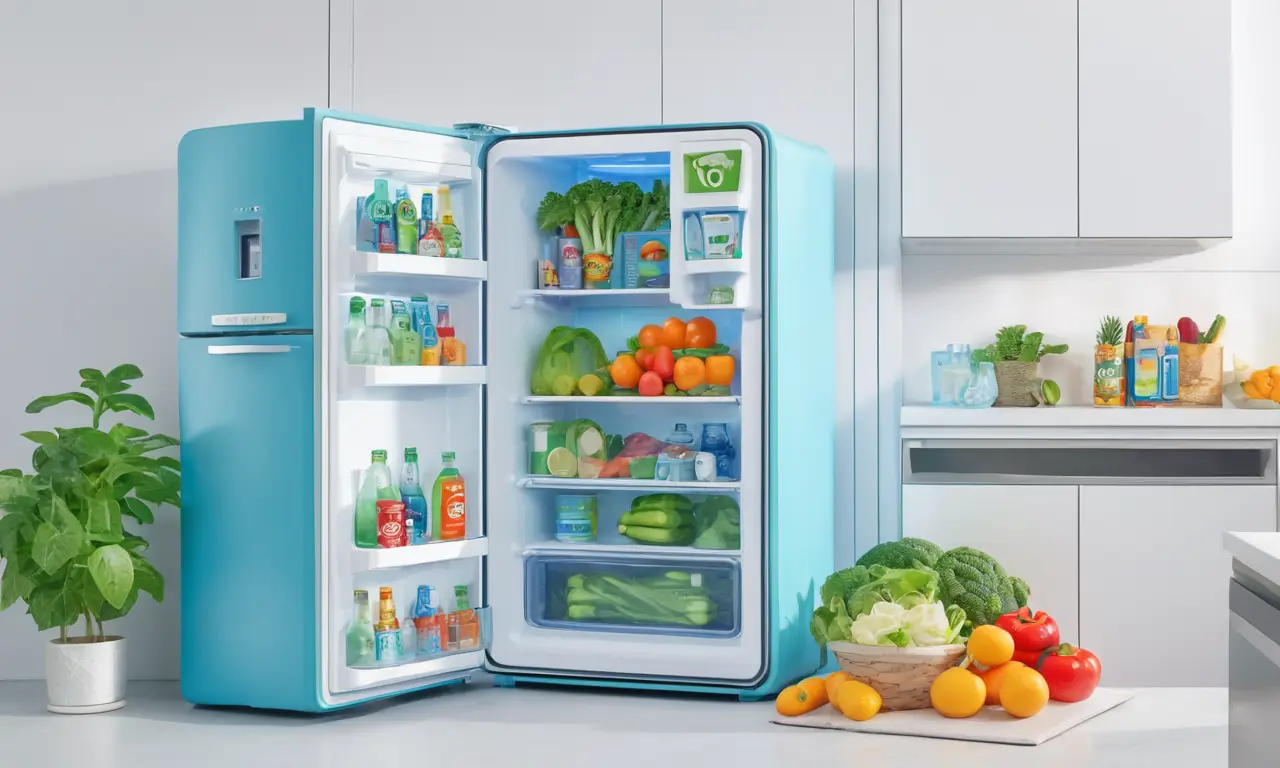
Keeping your drinks cold and snacks fresh is essential, especially when you have a mini fridge at your disposal. These compact refrigerators offer convenience and flexibility, but understanding the ideal temperature range is crucial for maximizing their performance. This article delves into the optimal settings for your mini fridge, ensuring your food stays safe and delicious while minimizing energy consumption.
This guide will explore the standard temperature range for mini fridges, discuss ideal settings for various items, and provide tips on adjusting your thermostat for maximum efficiency and freshness preservation. We’ll also cover how to maintain the quality of perishable goods stored in your mini fridge.
Mini Fridge Temperature Range
The typical temperature range for a mini fridge falls between 33°F and 50°F (1°C and 10°C). This range strikes a balance between keeping items chilled and preventing excessive freezing.
It’s important to note that different models may have slightly varying ranges, so always consult your user manual for specific recommendations. However, the general guideline of 33°F to 50°F serves as a reliable starting point for most mini fridges.
Ideal Settings for Cooling

While the standard range provides a good foundation, adjusting your thermostat based on the contents of your fridge can further optimize cooling.
- Beverages: For optimal refreshment, aim for a temperature around 38°F (3°C). This keeps drinks cold without becoming overly icy.
Snacks: Most snacks, like chips, crackers, and candy, don’t require extremely low temperatures. A setting between 40°F (4°C) and 45°F (7°C) is generally sufficient.
Dairy Products: Milk, yogurt, and cheese benefit from slightly cooler temperatures. Set your thermostat around 38°F (3°C) to maintain their freshness and prevent spoilage.
Optimal Storage Temperatures
Maintaining specific temperature zones within your mini fridge can further enhance food safety and preservation.
Upper Shelves:
- Ideal for storing ready-to-eat foods, leftovers, and beverages.
- Maintain a temperature between 40°F (4°C) and 45°F (7°C).
Lower Shelves:
- Reserve this area for dairy products, eggs, and meat.
- Set the temperature around 38°F (3°C) to ensure proper chilling.
Door Compartments:
- These areas tend to fluctuate in temperature more than other sections.
- Store condiments, sauces, and butter here, as they don’t require extremely low temperatures.
Energy Efficiency and Thermostat Adjustment

Adjusting your mini fridge’s thermostat can significantly impact energy consumption.
- Avoid Overcooling: Setting the temperature too low forces the compressor to work harder, leading to increased energy use. Stick to the recommended range of 33°F to 50°F (1°C to 10°C) for optimal efficiency.
- Regularly Check Settings: Habits change, and your storage needs may evolve. Periodically check your thermostat setting to ensure it aligns with your current requirements.
Maintaining Freshness of Perishable Items
Proper temperature control is crucial for extending the shelf life of perishable items.
- First In, First Out (FIFO): Rotate your food regularly, placing newer items behind older ones. This ensures that older items are used first and don’t spoil in the back of the fridge.
- Proper Storage: Store perishable foods in airtight containers or wrap them tightly to prevent moisture loss and contamination.
Conclusion
Understanding the ideal temperature range for your mini fridge is essential for maintaining freshness, preserving food quality, and optimizing energy efficiency. By following the guidelines outlined in this article, you can ensure that your mini fridge operates at peak performance, keeping your drinks cold, snacks crisp, and perishable items safe and delicious. Remember to adjust your thermostat based on your specific needs and regularly check settings to maintain optimal cooling conditions.
